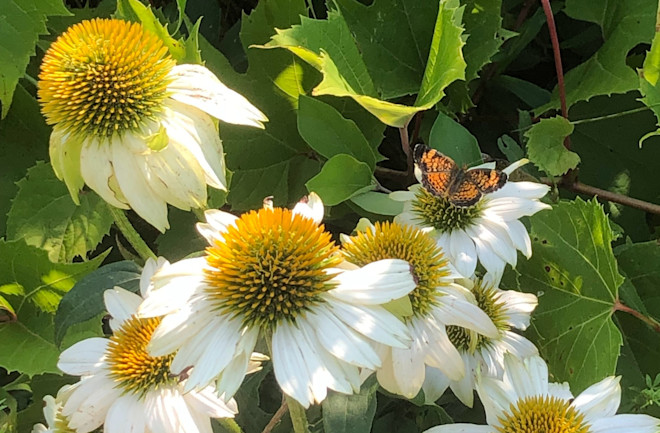
A butterfly lands on a flower. Credit: Carrie Finkelstein.
The latest science news can be found in our email newsletter.
More than 75 percent of the leading global-scale food crops and nearly 90 percent of wild flowering plant species rely on bees, ants and butterflies. Scientists are looking for new ways to keep these insects healthy and fed.
According to new research, one approach could involve sweet-and-salty nectar. A team led by University of Vermont undergraduate Carrie Finkelstein placed five plant species in a meadow about the size of a basketball court and observed them for three hours a day. The flowers enriched with sodium attracted twice as many pollinators as their blander equivalents.
honeybees have been shown to be able to detect sodium with their legs. Small-scale and home gardeners could use the salt in their garden to attract bees and butterflies. Gardeners could hack their flowers by depositing a solution containing 1 percent salt on the parts of their flowers that are covered in nectar. Researchers need to determine the effect that this might have on the health of the pollinated.